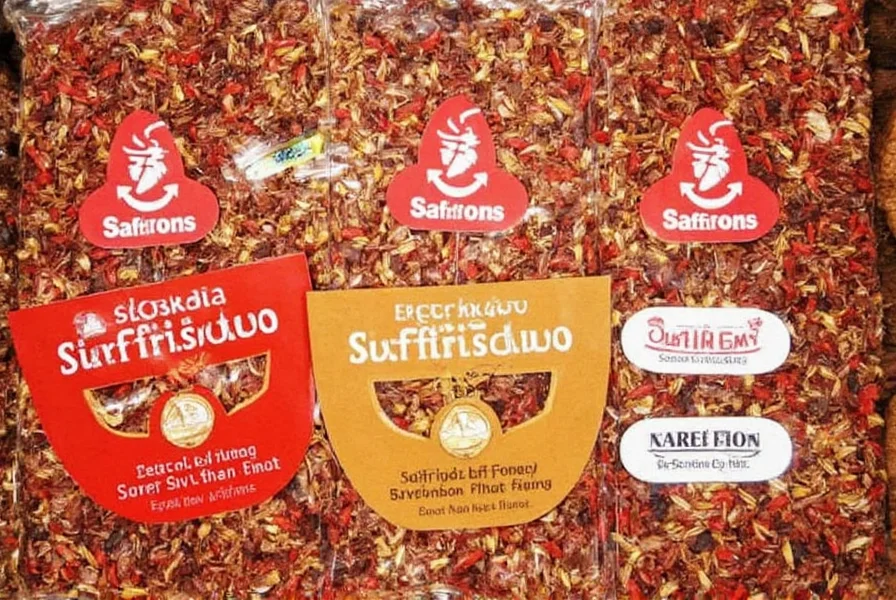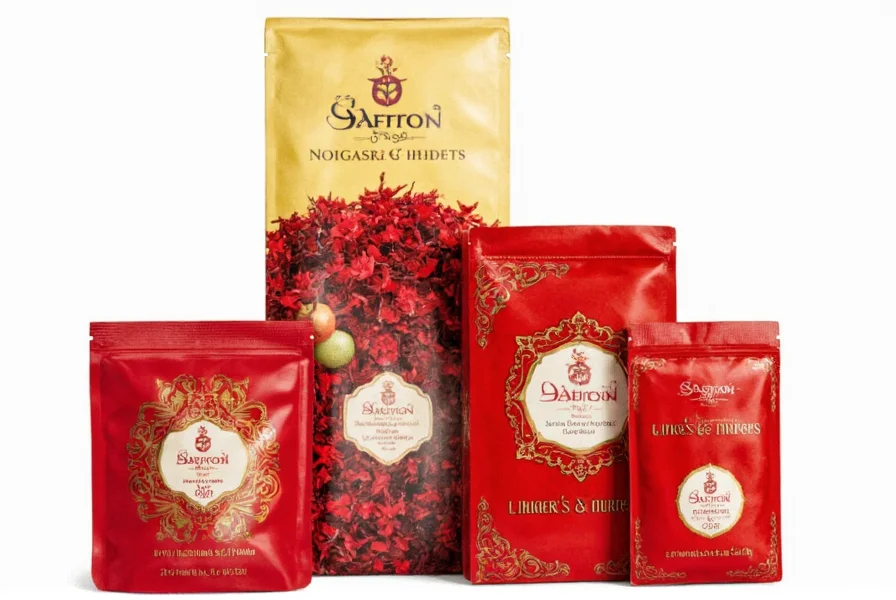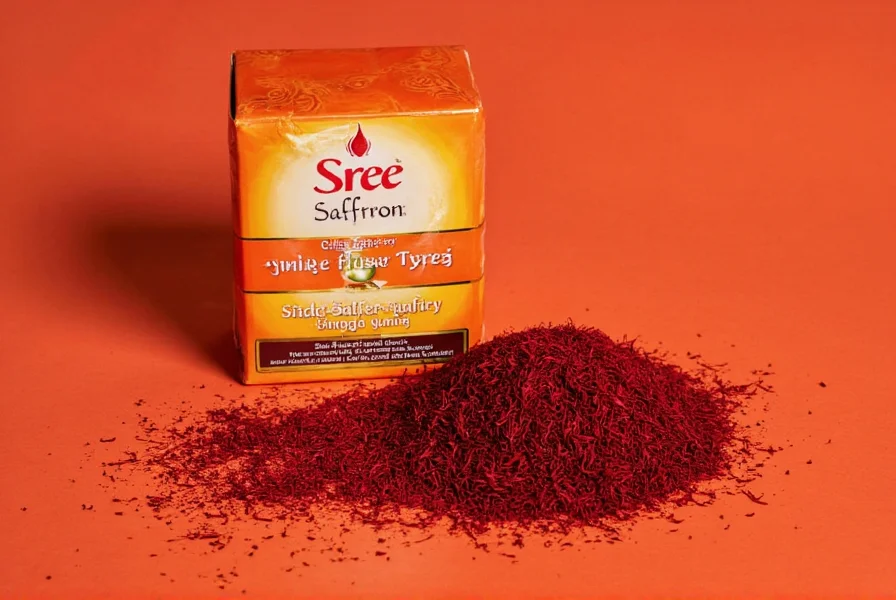Saffron, the world's most expensive spice by weight, requires careful evaluation to ensure authenticity and quality. When examining brands like Sree Saffron, understanding international grading standards becomes essential for discerning genuine product value. The ISO 3632 classification system measures crocin (color), picrocrocin (taste), and safranal (aroma) content to determine saffron quality objectively.
Understanding Saffron Quality Grading Standards
Professional saffron evaluation follows strict scientific parameters. The ISO 3632 standard categorizes saffron into four quality tiers based on laboratory measurements of key compounds:
| Grade | Crocin (Coloring Strength) | Picrocrocin (Bitterness) | Safranal (Aroma) |
|---|---|---|---|
| ISO 3632 Category I | ≥ 190 | ≥ 80 | ≥ 20 |
| ISO 3632 Category II | 150-189 | 60-79 | 12-19 |
| ISO 3632 Category III | 110-149 | 40-59 | 8-11 |
| Below Standard | < 110 | < 40 | < 8 |
Reputable brands like Sree Saffron should provide laboratory certification for their products. Consumers should verify these documents rather than relying solely on visual inspection. Category I represents the highest commercially available quality, with crocus sativus stigma threads showing deep red coloration with minimal yellow styles.
Common Saffron Adulteration Methods to Recognize
The high value of saffron makes it vulnerable to various adulteration techniques. When evaluating any saffron brand including Sree Saffron, watch for these red flags:
- Excessive yellow style inclusion - Pure saffron contains only the red stigma threads
- Artificial coloring - Genuine saffron gradually releases color in water; fake products often bleed color immediately
- Moisture content above 12% - Increases weight but accelerates degradation
- Inconsistent thread length and color - Indicates poor sorting practices
- Lack of characteristic aroma - Fresh saffron has a distinctive honey-like fragrance
A simple home test involves placing a few threads in warm water. Authentic saffron gradually releases a golden-yellow hue over 15-20 minutes while maintaining thread integrity. Rapid color release or disintegrating threads suggests adulteration.

Proper Saffron Storage and Usage Techniques
Even premium saffron like that potentially offered by Sree Saffron degrades without proper storage. Follow these evidence-based preservation methods:
- Store in airtight containers away from light, moisture, and heat
- Maintain temperatures below 25°C (77°F) for optimal longevity
- Use dark glass or opaque containers to prevent light exposure
- Grind threads just before use to maximize flavor release
- Soak threads in warm liquid for 15-20 minutes to extract full flavor
Research shows properly stored saffron maintains its chemical integrity for 2-3 years. Exposure to humidity above 60% relative humidity significantly accelerates degradation of key compounds. For culinary applications, 0.1g of high-quality saffron typically flavors 8-10 servings.
Evaluating Saffron Brand Claims Objectively
When researching brands like Sree Saffron, focus on verifiable quality indicators rather than marketing language. Look for:
- Third-party laboratory certification matching ISO 3632 standards
- Transparent sourcing information including harvest dates
- Batch-specific quality documentation
- Member status in recognized saffron trade associations
- Consistent product characteristics across multiple purchases
Reputable suppliers provide traceability from harvest to consumer. The best saffron brands maintain consistent quality parameters rather than varying significantly between batches. Price alone proves little about quality, as legitimate Category I saffron typically ranges $5,000-$13,000 per kilogram wholesale, translating to $10-$30 per gram retail.

Making Informed Saffron Purchasing Decisions
Consumers seeking premium saffron should prioritize verifiable quality metrics over brand names. Whether considering Sree Saffron or other suppliers, these evidence-based practices help ensure value:
- Request current laboratory analysis reports for specific batches
- Compare pricing against established market rates for verified quality tiers
- Start with small test purchases before committing to larger quantities
- Join culinary communities that share verified supplier experiences
- Learn to recognize physical quality indicators through hands-on experience
The most reliable saffron evaluation combines documentation with sensory assessment. Over time, experienced users develop the ability to recognize quality differences through sight, smell, and taste. This knowledge empowers consumers to make informed decisions regardless of specific brand offerings.











 浙公网安备
33010002000092号
浙公网安备
33010002000092号 浙B2-20120091-4
浙B2-20120091-4